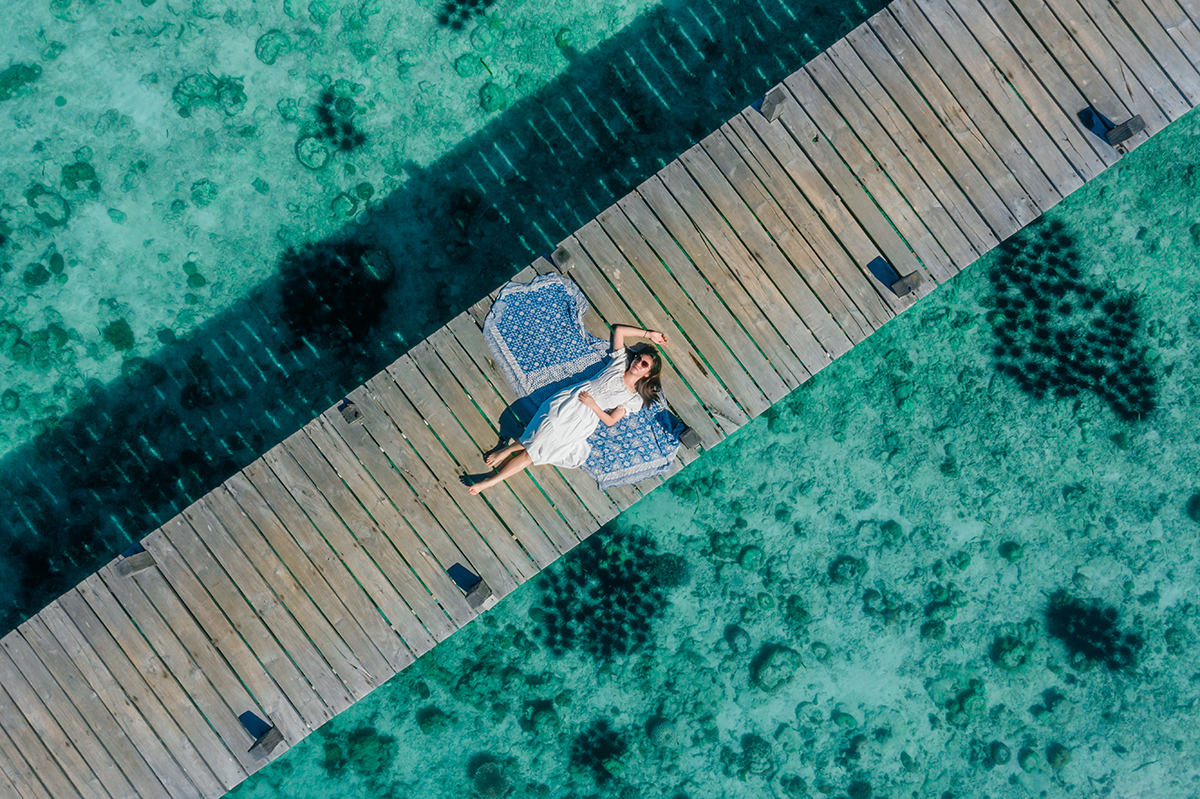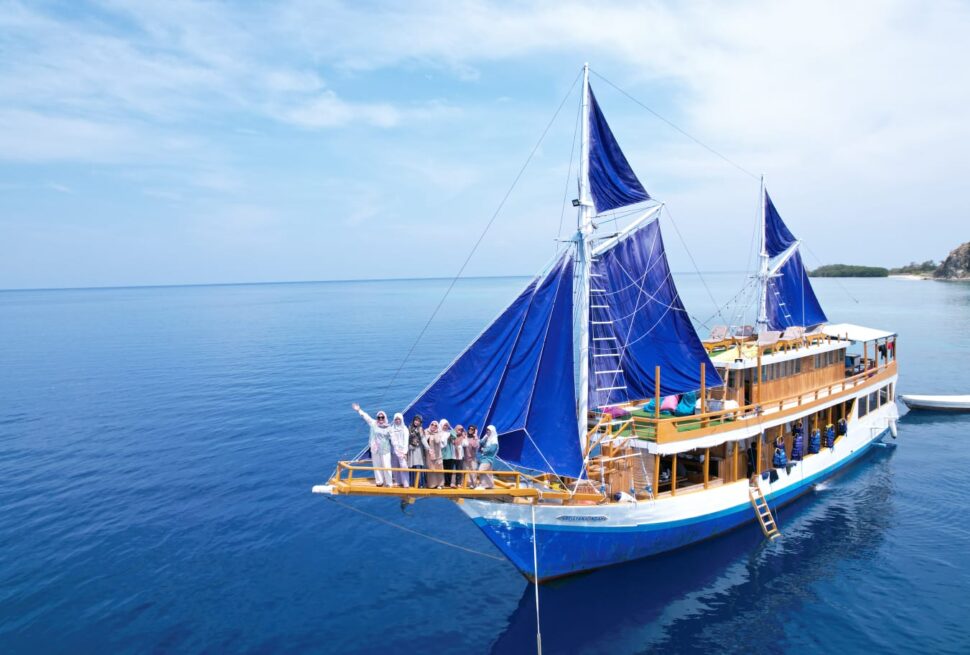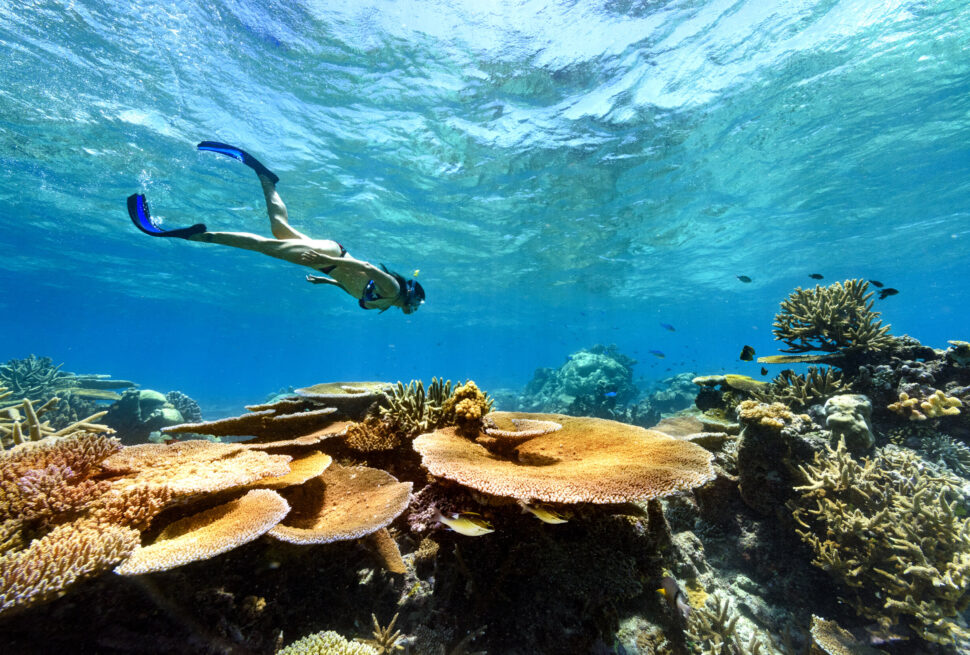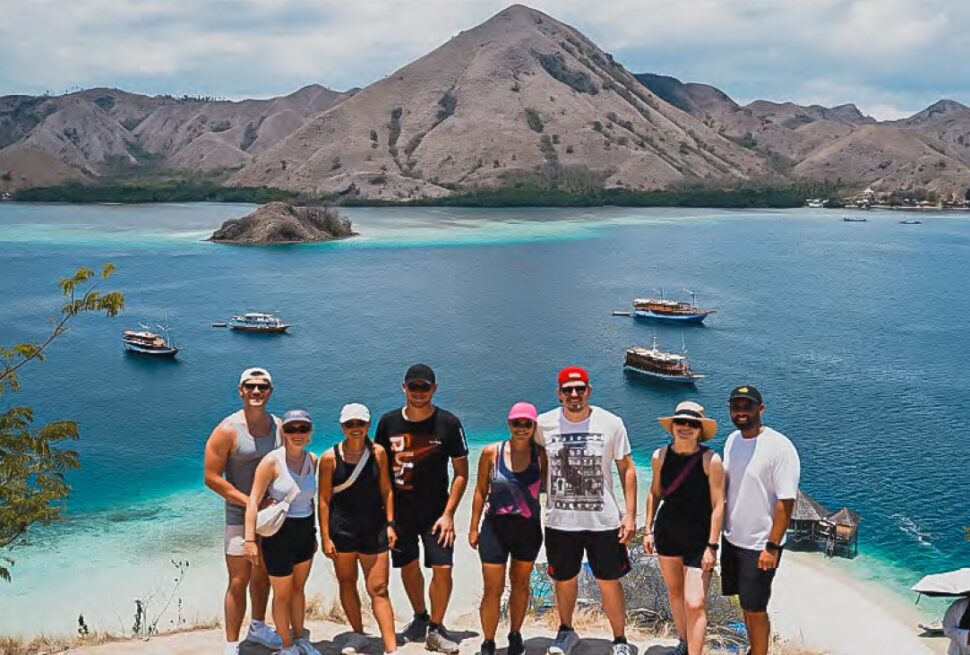Best Komodo National Park Photography Spots and Tips
Komodo National Park is a dream destination for photographers. With its dramatic hills, crystal-clear waters, and rare wildlife, every corner offers a unique chance to capture nature at its finest. Whether you’re using a DSLR, mirrorless camera, or just a phone, knowing where and when to shoot makes all the difference.
Bringing the right gear is key. A zoom lens helps when photographing Komodo dragons from a safe distance, while a wide-angle lens works great for landscapes like Padar Island. If you’re diving or snorkeling, make sure your camera has a waterproof case or use a reliable action camera for vivid underwater shots. Extra batteries and memory cards are a must since you’ll be out exploring for hours, often without power sources.
For landscape lovers, Padar Island is the most iconic spot in the park. A short but steep hike takes you to a viewpoint with sweeping views of three differently colored beaches. This location is best captured at sunrise, when the light is soft and golden, bringing out the curves of the hills and the contrast of the sea.
Another favorite is Pink Beach, famous for its rare pink-hued sand and turquoise water. It’s ideal for midday shots when the sun brings out the true color of the beach. Manta Point, on the other hand, is a top choice for underwater photography. With clear waters and graceful manta rays gliding by, it’s perfect for wide, immersive shots that showcase the richness of Komodo’s marine life.
Timing is everything. Sunrise at Padar or sunset near Kalong Island, where flying foxes take to the sky, offers golden lighting and magical skies that elevate your shots. Harsh midday sun can flatten photos, so plan your landscape and wildlife shoots in the early morning or late afternoon.
When it comes to wildlife, patience and distance matter. Komodo dragons are best photographed during guided treks on Komodo or Rinca Island. Always follow ranger advice, avoid flash, and stay still to let the moment unfold naturally. Underwater, move slowly and respect marine life. Natural light will help, but a red filter or flashlight can bring out true colors if you’re diving deeper.
Photography in Komodo National Park is about more than just pretty pictures. It’s a way to capture the raw beauty of a place where land and sea meet in the most spectacular way. With the right approach, every click can tell a story worth sharing.




